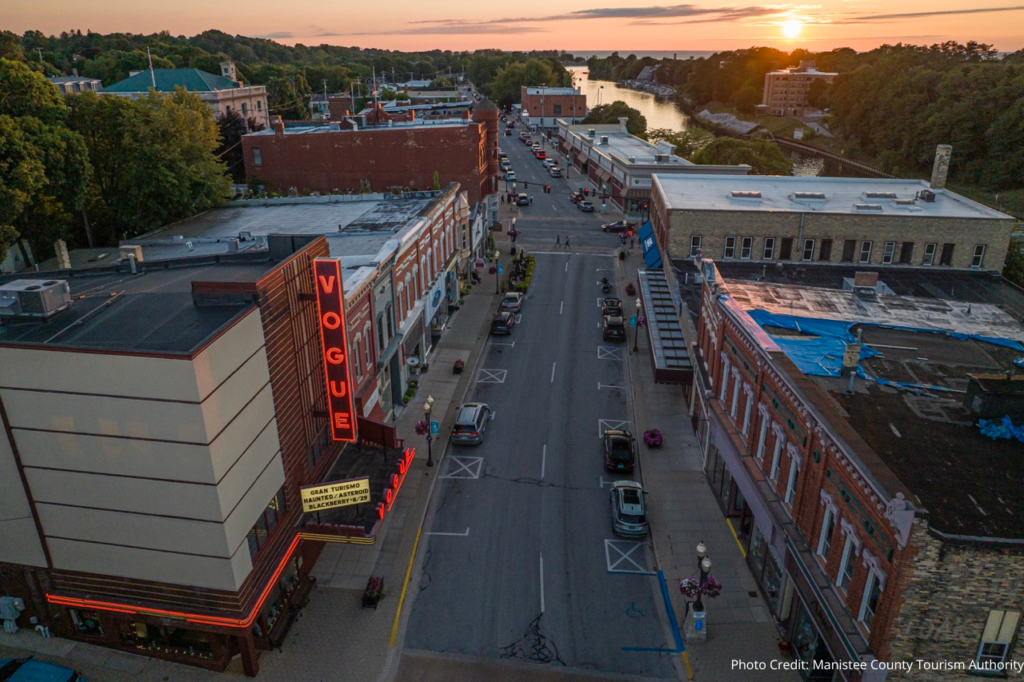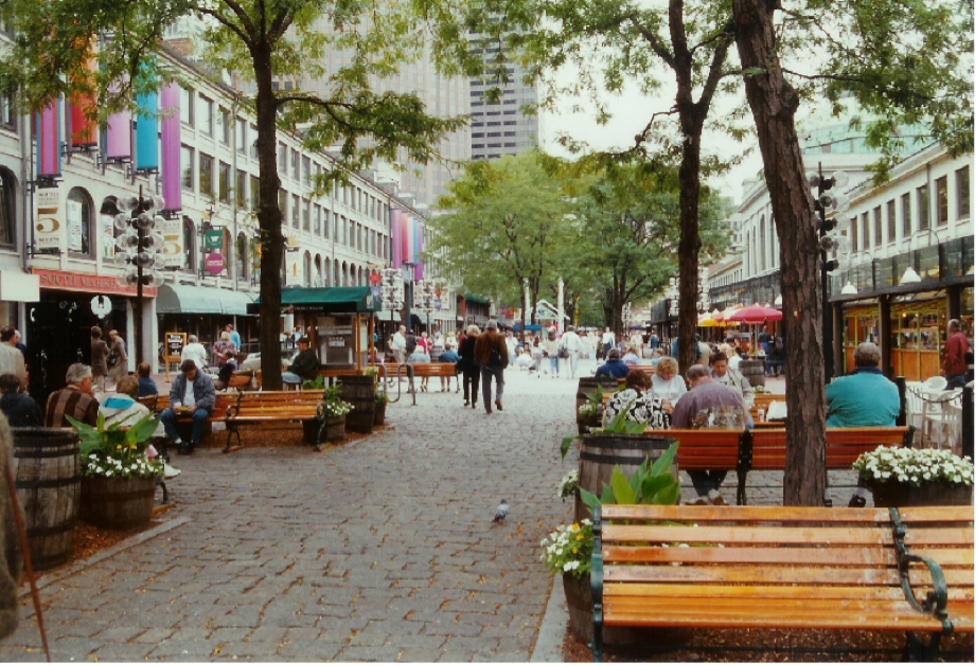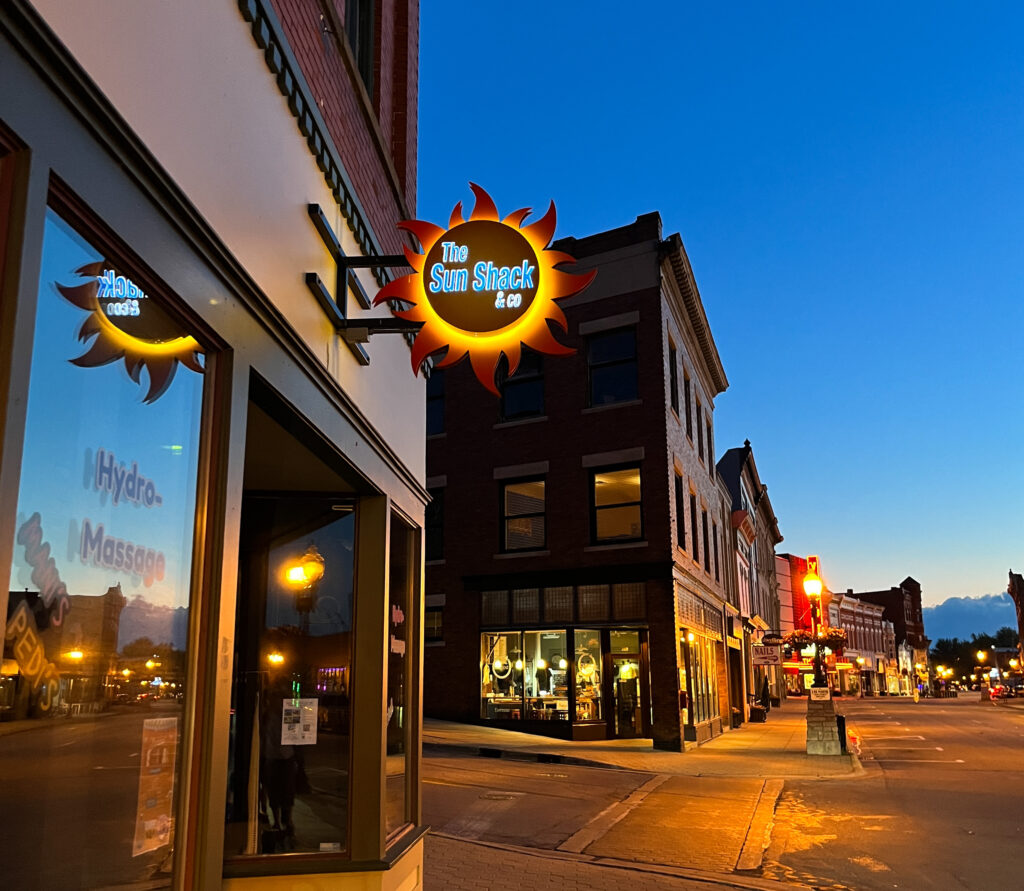How to Determine Safe and Effective Signage
By Madeleine Lamb, Sales Executive at Johnson Sign Co.
Streetscape context, traffic speed and viewing distance dictate safe and effective signage.
In the sign industry, we calculate the speed of travel and the viewing distance to determine the ideal size and height for a sign for it to be effective at inviting people to stop. For example, along a 50mph road, a sign might need to be 8ft wide to be seen in time to turn.

Signscapes like the one pictured above emerge organically from the context of businesses positioned along high-speed traffic corridors. The speed limit here on Dort Hwy is 50 mph. Businesses in this streetscape context require this kind of signage to attract customers and revenue. Signage along 50 mph roads lined with businesses and parking lots have a certain necessary aesthetic that is a consequence of the context.

Signage like in the above photo is a necessary feature in the context of a commercial district situated on a road with average speeds over 70 mph. When inviting people to exit the freeway to fuel-up, your sign may need to be 16 ft wide on an 80 ft pylon pole or no one is going to see it in time to safely stop.
The context dictates the sign type. In some contexts, a small sign is best, and in other contexts, you need a 20 ft cabinet on an 80 ft pole. The type of sign is a function of the context. Looking at historic context makes this clear.

Manistee, Michigan – circa 1915.
Prior to automobiles and on-street parking, eye-level signs in shop windows invited pedestrians and other passersby to stop and browse.

Manistee, Michigan – circa 1940.
With the advent of automobile dominance came large overhead projecting signs. Signs needed to be seen from farther away by people traveling at higher speeds in cars. Signs also needed to be seen over the cars parked on the street that blocked the views of shop windows.

This photo of the same River Street, Manistee streetscape with its signs is from a recent year. As with most places in North America, modern Manistee, its streetscape, and its signscape, are predominantly shaped by the presence and speed of automobiles.

The signs in this business district pictured above suit the context of a car-free pedestrian area. These days, not every street with businesses is a quaint small town main street. In the modern day, it is high traffic speeds and the consequent necessity for long viewing distances that creates the context for many necessary forms of signage.
Articles exist showing pictures of high-speed commercial zones, threatening that if not restricted, signs could turn your quaint downtown into a mainstream highway. They won’t. The root cause of landscapes is not the signage, it’s the streetscape and traffic design. As long as businesses exist in this context, there will be a need for effective signage to fit the conditions.

Businesses, regardless of context, need great signage to invite customers, to bring in the revenue that keeps both business and community healthy, to survive.
What are the traffic patterns in your neighborhood or business district? Do the signs make sense in that context?
If you’re a business looking for a sign that will be effective in the context of your business location, give Johnson Sign a call! With 5 locations, Johnson Sign Company serves the signage needs of all of Michigan and beyond.
Contact Madeleine Lamb at madeleine@johnsonsign.com!